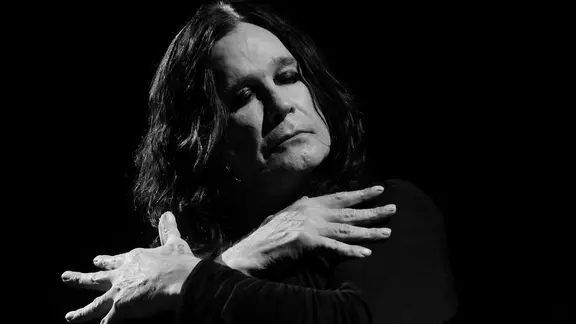
About the Song
When Ozzy Osbourne covered King Crimson’s iconic progressive rock anthem “21st Century Schizoid Man” in 2005, he didn’t just pay tribute — he detonated it with full force. Originally released in 1969 by King Crimson as part of their groundbreaking album In the Court of the Crimson King, the song was a jarring, chaotic reflection of the political unrest and existential dread of its time. In Ozzy’s hands, it became something even more visceral: a metal-infused howl against a fractured world, delivered by a man who had lived through the madness and made it his stage.
Appearing on the 2005 covers album Under Cover, Ozzy’s version trades the jazz-influenced complexity of the original for a more streamlined, hard-hitting rock arrangement. Backed by a band of seasoned players — including Jerry Cantrell of Alice in Chains — the track leans into sharp guitar riffs, aggressive drums, and a thunderous groove. It’s less experimental than King Crimson’s, but more direct — a full-on assault of sound that brings the paranoia of the lyrics into sharper focus.
Vocally, Ozzy delivers the song with urgency and edge. His voice — always recognizable, always a bit otherworldly — cuts through the track like a warning siren. There’s less of the abstract detachment found in Greg Lake’s original delivery and more raw conviction, as if Ozzy is less commenting on the schizophrenic world around him and more screaming from within it.
The lyrics remain unchanged — lines like “Politicians’ funeral pyre / Innocence raped with napalm fire” are still unsettlingly relevant decades later — but Ozzy’s performance recasts them in a post-millennial context. In a world teetering from war, media overload, and cultural disillusionment, his voice sounds like both a survivor and a prophet of the noise.
For fans of either classic prog or modern heavy rock, “21st Century Schizoid Man” serves as a fascinating bridge — a way to hear how a song can mutate across eras while keeping its teeth bared. Ozzy Osbourne’s version doesn’t aim to replace the original; it aims to wrestle with it, to drag it through distortion and fury and emerge with something that feels terrifyingly current.